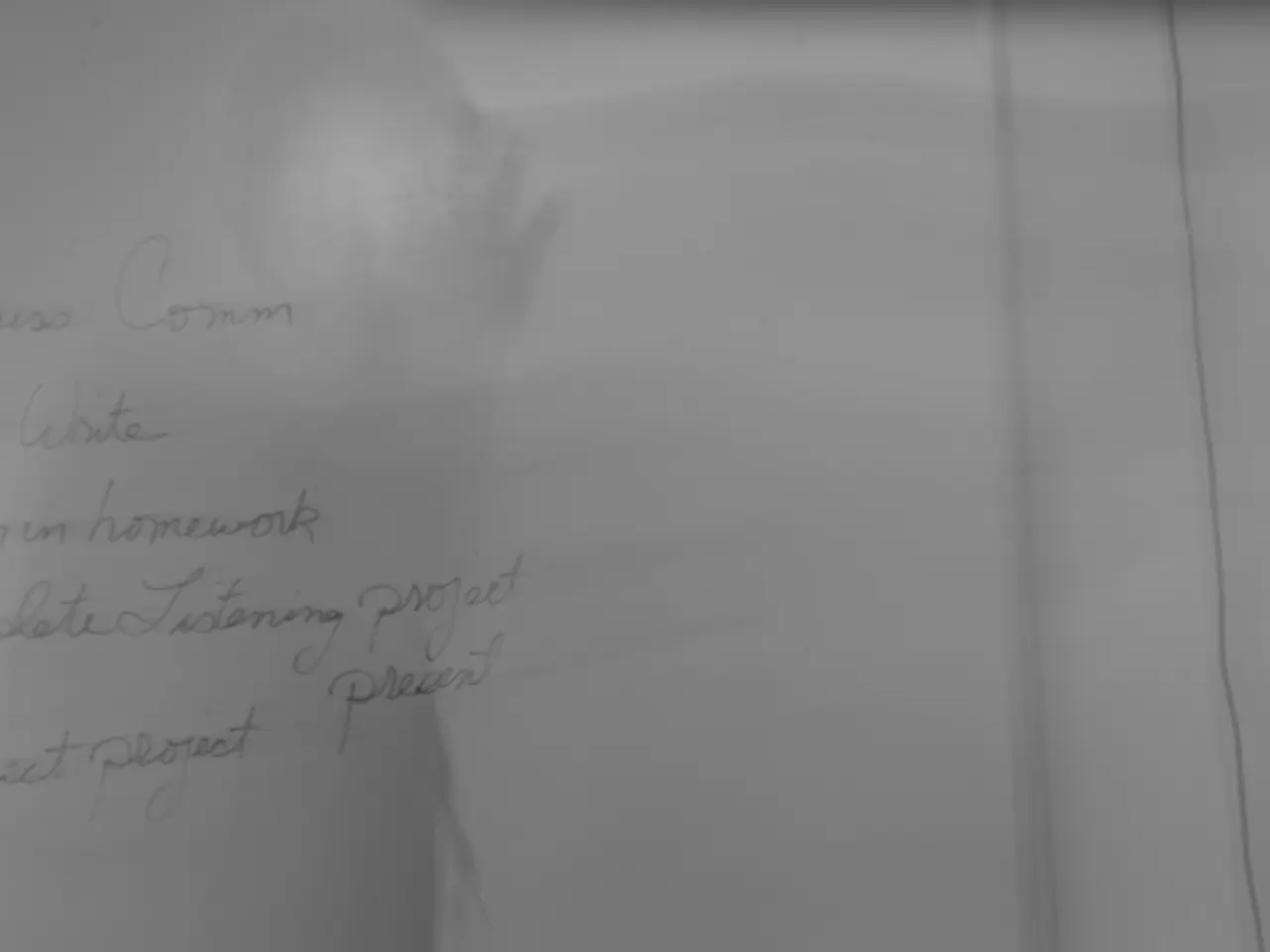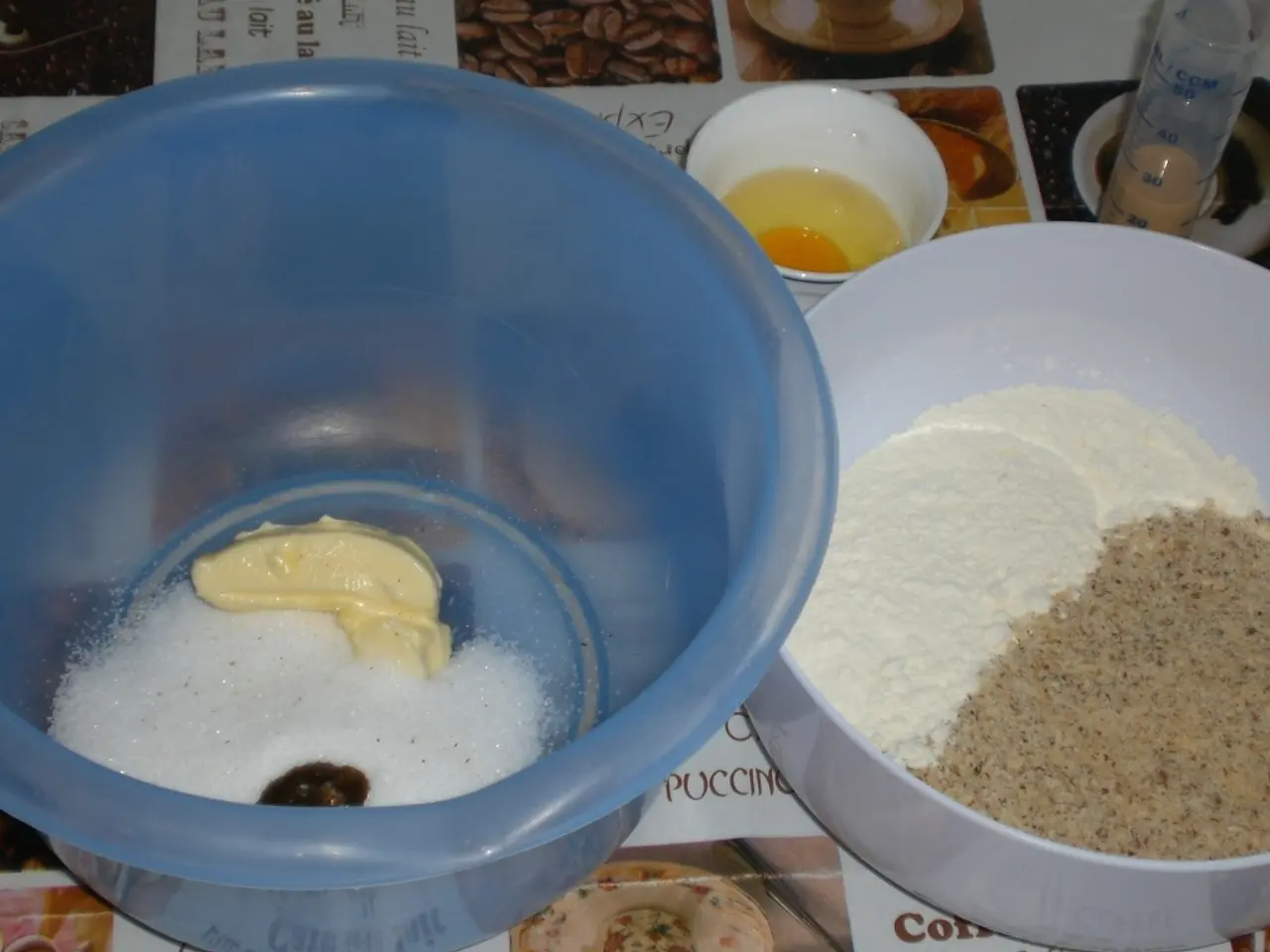Salivary Gland Stones: Recognizing Symptoms, Understanding Causes, and Removal Techniques
In the world of oral health, a lesser-known yet significant issue is the formation of salivary stones, or sialoliths. These small deposits of calcium and other minerals can cause discomfort and pain, particularly when they block the flow of saliva.
Who is at Risk?
Certain factors increase the risk of developing salivary stones. These include being male, advancing age, undergoing radiation therapy on the head or neck, suffering mouth injuries, taking medications that affect saliva production, having gout or Sjogren's syndrome, and having kidney problems. Additionally, not drinking enough water can contribute to their formation.
Symptoms and Locations
Common symptoms of blocked salivary glands include a sore or painful lump under the tongue, pain or swelling below the jaw or ear, pain that increases when eating, and potential infection in or around the affected gland with symptoms such as fever and the formation of pus around the stone.
The mouth contains hundreds of minor salivary glands and three pairs of major salivary glands: parotid glands, submandibular glands, and sublingual glands. Salivary stones can form in any type of salivary gland, but most commonly they form in the submandibular gland.
Treatment Approaches
The treatment options for salivary stones depend on the size and location of the stone as well as the severity of symptoms. Here are the most common medical treatments:
1. Conservative Management - Hydration and Massage: Increased fluid intake and gentle gland massage may help small stones to pass spontaneously. - Sialogogues: These are substances that stimulate saliva flow, potentially flushing out small stones. - Warm Compresses: Applied to the affected area to encourage saliva flow and relieve symptoms.
2. Minimally Invasive Procedures - Sialendoscopy: A thin endoscope (sialendoscope) is inserted through the natural opening of the salivary duct, allowing direct visualization and treatment of the stone and any associated strictures or inflammation. Tools such as forceps, Dormia baskets, or burrs may be used to fragment and retrieve stones during the procedure. - Intraductal Lithotripsy: Laser Lithotripsy uses a laser fiber to break up stones through the sialendoscope, while Extracorporeal Shock Wave Lithotripsy (ESWL) applies shock waves externally to fragment stones, though this is less commonly used due to cost, time, and risk of residual fragments.
3. Surgical Options - Gland Removal (Sialadenectomy): Reserved for cases where minimally invasive techniques fail or chronic infection is present, this procedure involves the removal of the affected salivary gland. Associated drawbacks include nerve injury, loss of salivary gland function, and aesthetic concerns. - External Approaches for Large Stones: For larger stones not amenable to intraductal techniques, a combined approach is used. The stone is localized with sialendoscopy, then an external incision is made to retrieve the stone, especially for stones in the parotid or submandibular glands. Duct slitting for submandibular duct calculi can be performed with careful dissection to preserve the lingual nerve.
In summary, sialendoscopy and combined approaches have become the preferred treatments for most salivary stones, offering effective results with minimal complications and preservation of gland function.
Home Remedies and Professional Intervention
Home remedies for salivary stones include sucking on citrus fruits or hard candies, drinking plenty of fluids, gentle massage of the affected area, using over-the-counter pain relief medications like ibuprofen and acetaminophen, and sucking on ice cubes to reduce pain and swelling. However, anyone who is unable to remove the salivary stones at home, has signs of an infection or abscess, or the doctor is unable to remove the stones should see a doctor immediately. A doctor can usually treat an infection with antibiotics.
In conclusion, while salivary stones can cause discomfort and pain, effective treatment options are available. By understanding the risk factors, symptoms, and treatment approaches, individuals can take proactive steps to manage this condition and maintain optimal oral health.
- Individuals with dermatitis (eczema) or psoriatic conditions may find themselves at risk for developing salivary stones due to potential mouth injuries.
- Predictive science can help determine who is more susceptible to chronic diseases like diabetes, arthritis (spondylitis, ankylosing, or other types), bipolar disorder, or depression, which can influence the formation of salivary stones through impacting overall health and wellness.
- Atopic individuals, particularly those with a history of kidney problems or Sjogren's syndrome, may be at a higher risk of developing salivary stones, as these conditions affect saliva production and gland function.
- Some medications can contribute to the formation of salivary stones by affecting saliva production, thus causing dehydration and subsequent mineral deposit buildup in salivary glands.
- It's essential to remain hydrated to prevent the formation of salivary stones, as not drinking enough water can lead to their development.
- Medical-conditions like gout can increase the risk of forming salivary stones due to increased uric acid levels, which may result in calcium and mineral deposits in salivary glands.
- Health-and-wellness professionals should be aware that certain chronic diseases can predispose patients to salivary stones, allowing for targeted preventative measures and personalized treatment plans.
- Addressing the issue of salivary stones is crucial for maintaining oral health, as they can cause significant discomfort and potentially lead to more serious complications such as infection or gland damage.




